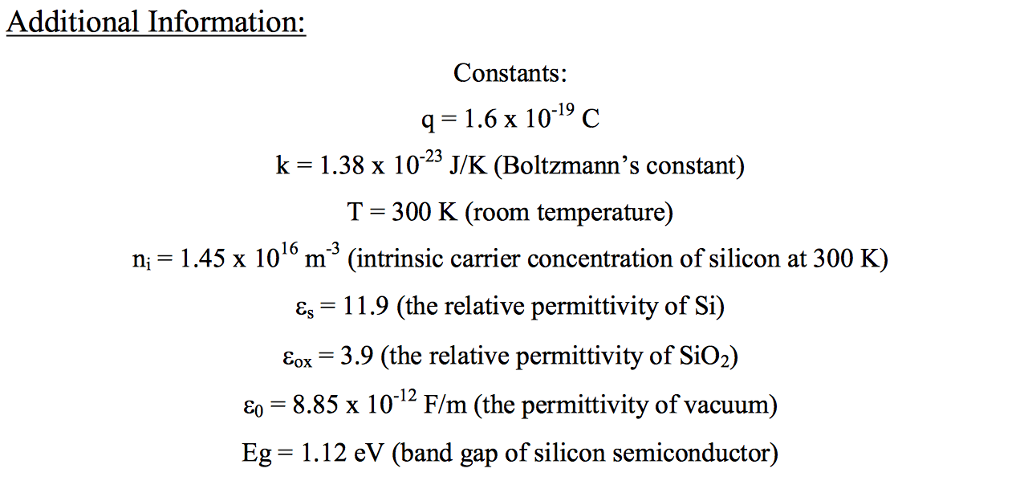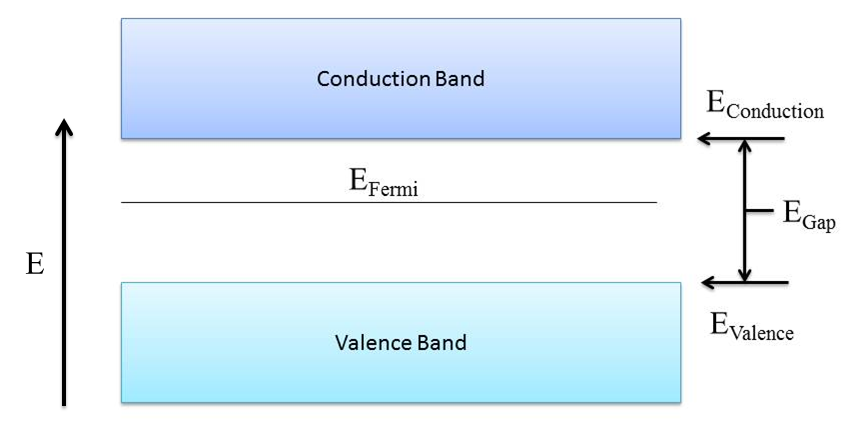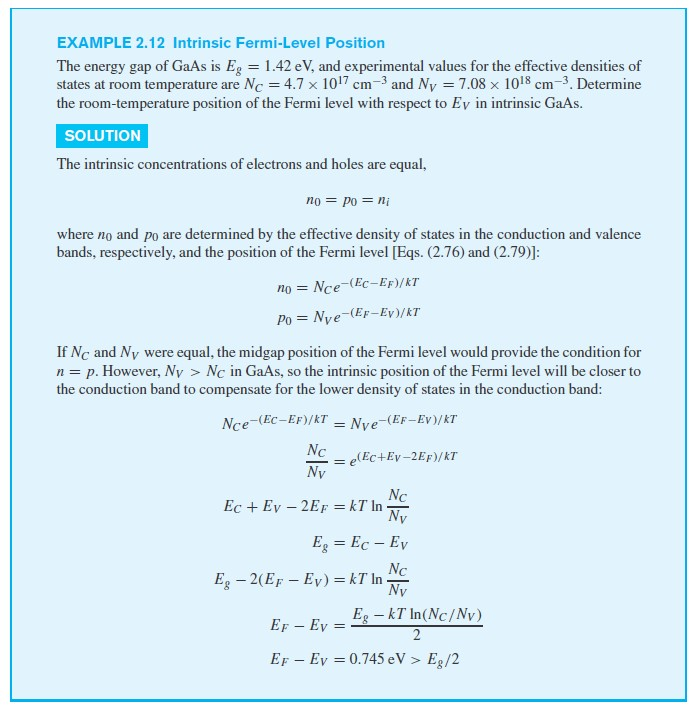Undoped i e not n or p silicon has intrinsiccharge carriers electron hole pairs are created by thermal energy intrinsic carrier concentration n i 1 45x1010cm 3 at room temp.
Intrinsic silicon at room temperature.
N p n i in intrinsic undoped material.
A piece of copper wire.
A piece of intrinsic silicon is instantaneously heated from 0 k to room temperature 300 k.
The minority carrier lifetime due to shockley read hall recombination in the material is 1 ms.
If the donor concentration level is 0 48 1020 m3 then the concentration of holes in the semiconductor is.
Since each electron when leaves the covalent bond contributes a hole in the broken bond.
At room temperature an intrinsic silicon crystal acts approximately like.
Also repeat for p 2 ni p 5 ni and p 10 ni calculating the electron and acceptor density as well as the.
A crystal of intrinsic silicon at room temperature has a carrier concentration of 1 6 1016 m3.
At 300 o k which is equal to the band gap energy of silicon.
Given a pure silicon crystal at room temperature which has an intrinsic carrier concentration of 1 4 given a pure silicon crystal at room temperature which has an intrinsic carrier concentration of 1 4ee10 cm show that this concentration corresponds to less than 1 in 10 12 broken si si bonds.
Just a comment the melting point of silicon is 1414 c so the intrinsic temperature for n.
Increase or decrease with temp.
This energy is approximately equal to 1 2 ev in room temperature i e.
Get your answers by asking now.
Function of temperature.
In the intrinsic silicon crystal the number of holes is equal to the number of free electrons.
At room temperature an intrinsic silicon crystal acts approximately like a a battery b a conductor c an insulator d a piece of copper wire e none of the above.
Calculate the generation rate of electron hole pairs immediately after reaching room temperature.
Repeat for n 5 ni and n 10 ni.
At 300 k the generally accepted value for the intrinsic carrier concentration of silicon ni is 9 65 x 109cm 3as measured by altermatt1 which is an update to the previously accepted value given by sproul2.
Calculate the hole density the donor density and the fermi energy relative to the intrinsic energy.









